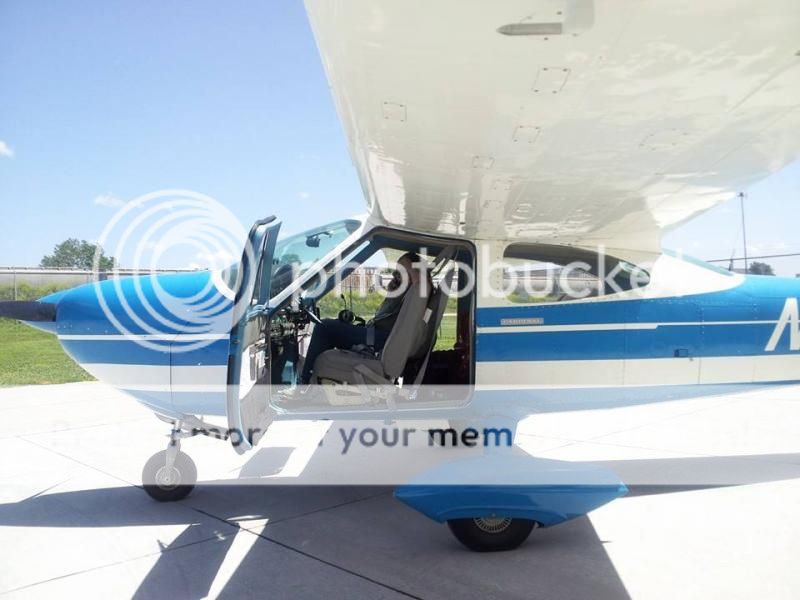I'm still in the dreaming/scheming stage of aircraft ownership.
I currently rent either a 172 or a Cherokee 140. I like various aspects of both but, for some reason I can't quite explain, the Cherokee is growing on me.
One issue... HEAT!!! There's definitely a baking aspect to the Cherokee when you're sitting on the ground and, even in the air, the good vents are down by your feet instead of up near your head, like on the 172. So I spy this airplane on controller :
http://www.controller.com/listingsd...ROKEE-140/1973-PIPER-CHEROKEE-140/1328863.htm
I realize A/C is a hit to an already low useful load but if I'm looking at this as a 2 person plus bags plane.
My question is... Does it work? Will it blast out cool air and leave you cool, calm, and collected while taxiing and flying at low altitudes in the summer?
Remember my main question.... DOES IT WORK?
I currently rent either a 172 or a Cherokee 140. I like various aspects of both but, for some reason I can't quite explain, the Cherokee is growing on me.
One issue... HEAT!!! There's definitely a baking aspect to the Cherokee when you're sitting on the ground and, even in the air, the good vents are down by your feet instead of up near your head, like on the 172. So I spy this airplane on controller :
http://www.controller.com/listingsd...ROKEE-140/1973-PIPER-CHEROKEE-140/1328863.htm
I realize A/C is a hit to an already low useful load but if I'm looking at this as a 2 person plus bags plane.
My question is... Does it work? Will it blast out cool air and leave you cool, calm, and collected while taxiing and flying at low altitudes in the summer?
Remember my main question.... DOES IT WORK?


 When they don't it sucks!
When they don't it sucks! 




